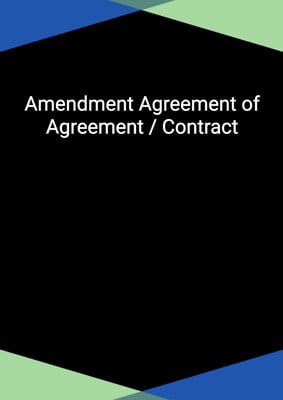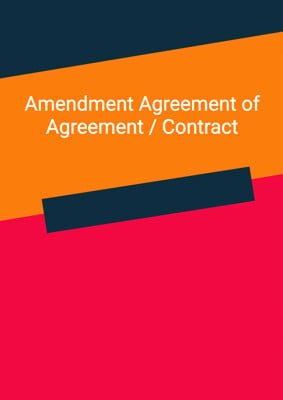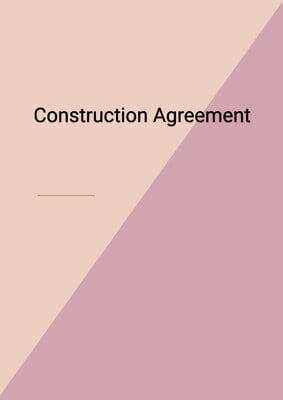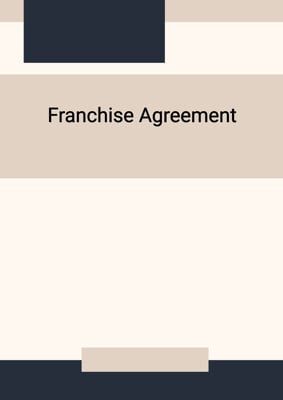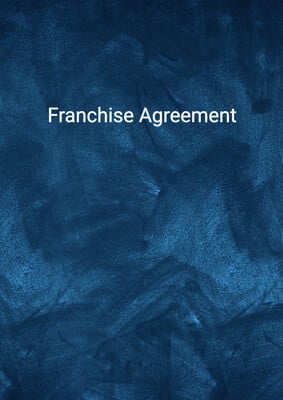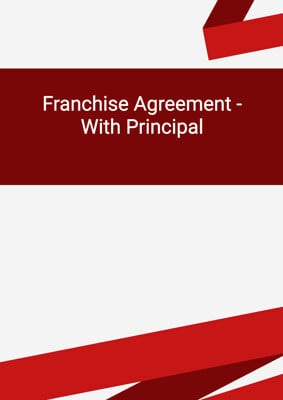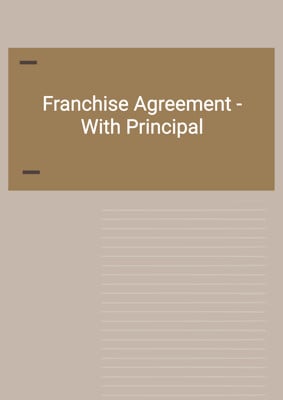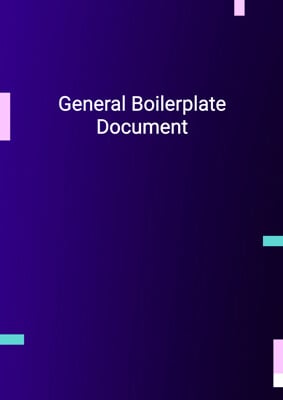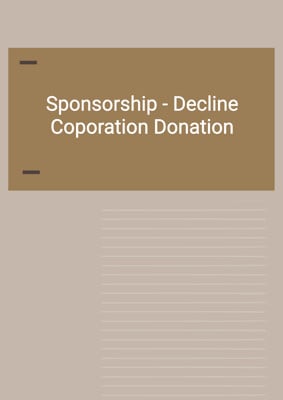How to Tailor the Document for Your Need?
01
Create Document
Fill in the details of the parties. You can click the "Fill with Member’s Information" button to complete it with information saved to your account.
02
Fill Information
Please fill in any additional information by following the step-by-step guide on the left hand side of the preview document and click the "Next" button.
03
Get Document
When you are done, click the "Get Document" button and you can download the document in Word or PDF format.
04
Review Document
The document should be signed by the authorised signatory (or directors of a company) and witnessed to complete the formality.
Document Preview
Document Description
The document titled 'General Boilerplate Document' is a legally binding agreement entered into between two parties, referred to as Party A and Party B. The document contains various sections that outline the rights, obligations, and terms of the agreement. It is important as it establishes the framework for the relationship between the parties and provides clarity on their respective roles and responsibilities.
The document begins with an introduction and interpretation section, which defines the key terms used throughout the agreement. It also includes recitals that provide background information and context for the agreement.
Section 2 of the document deals with the duration of the agreement. It specifies whether the agreement is for a fixed term, continuing term, or renewable term. This section ensures that both parties are aware of the duration of the agreement and the conditions for termination.
Section 3 outlines the rights and obligations of the parties. It specifies the duties and responsibilities that each party must fulfill under the agreement. This section ensures that both parties understand their roles and can fulfill their obligations accordingly.
Section 4 addresses the confidentiality of information. It requires both parties to keep the terms of the agreement and any confidential information disclosed during the course of the agreement confidential. This section protects the sensitive information shared between the parties.
If applicable, Section 5 includes a guarantee provision. This section outlines the obligations of a guarantor who guarantees the performance of Party B's obligations under the agreement. The guarantor agrees to indemnify Party A for any losses incurred due to Party B's failure to perform.
Section 6 deals with assignment and sub-contracting. It specifies the conditions under which either party can assign, transfer, or sub-contract their rights and obligations under the agreement. This section ensures that any assignment or sub-contracting is done with the consent of the other party and does not relieve the assigning party from its obligations.
Section 7 addresses announcements and publicity. It requires both parties to seek approval from the other party before making any announcements or disclosures related to the agreement. This section ensures that both parties have control over the public representation of the agreement.
Section 8 outlines the conditions for termination of the agreement. It specifies the circumstances under which either party can terminate the agreement, such as non-payment or breach of obligations. This section protects the parties' rights in case of non-compliance.
Section 9 deals with costs and expenses. It specifies how the costs and expenses related to the agreement will be allocated between the parties. This section ensures transparency and fairness in the financial aspects of the agreement.
Section 10 addresses the amendment of the agreement. It specifies that any changes to the agreement must be made in writing and signed by all parties. This section ensures that any modifications to the agreement are properly documented and agreed upon.
Section 11 includes a competition co-operation clause. It requires the parties to review and consider together the necessity of making any notifications or submissions to relevant authorities. This section promotes cooperation and compliance with competition laws.
Section 12 deals with severability. It specifies that if any provision of the agreement is deemed illegal, void, or unenforceable, it will be deemed not included in the agreement. The parties will negotiate in good faith to replace the provision with a valid and enforceable one.
Section 13 addresses filings. It requires the parties to make any necessary registrations, filings, or submissions required by law. This section ensures compliance with legal requirements.
Section 14 includes a further assurance provision. It requires the parties to perform any further acts or execute any further documents necessary to implement and give effect to the agreement. This section ensures that all necessary steps are taken to fulfill the obligations under the agreement.
Section 15 includes a warranty of capacity and power. It requires each party to represent and warrant that they have the authority and capacity to enter into and carry out their obligations under the agreement. This section ensures that the parties have the legal capacity to enter into the agreement.
Section 16 addresses notices. It specifies the methods and addresses for serving notices under the agreement. This section ensures effective communication between the parties.
Section 17 addresses waivers. It specifies that the failure or delay in exercising any right or remedy provided by the agreement shall not operate as a waiver of that right or remedy. This section preserves the parties' rights and remedies.
Section 18 states that the parties' rights and remedies under the agreement are cumulative and in addition to their rights and remedies under general law. This section ensures that the parties have multiple avenues for seeking redress.
Section 19 states that the agreement constitutes the entire agreement between the parties and supersedes any previous agreements or understandings. It specifies that no party has relied on any representations or warranties not expressly stated in the agreement. This section ensures that the agreement accurately reflects the intentions of the parties.
Section 20 clarifies that the agreement does not create a partnership or agency relationship between the parties. It protects the parties from any claims or liabilities arising from such misconceptions.
Section 21 specifies that the agreement may be executed in multiple counterparts, with each counterpart being considered an original. This section allows for flexibility in signing the agreement.
Section 22 specifies the governing law and dispute resolution mechanism for the agreement. It requires the parties to use reasonable endeavors to resolve any disputes amicably and in good faith. This section promotes the resolution of disputes through negotiation.
Section 23 states that the agreement does not confer any rights on third parties to enforce its terms. This section clarifies that only the parties to the agreement have rights under it.
Section 24 addresses force majeure. It specifies that none of the parties shall be liable for any failure or delay in performing their obligations under the agreement due to circumstances beyond their control. This section protects the parties from liability in case of unforeseen events.
Section 25 reiterates that the agreement may be executed in multiple counterparts, with each counterpart being considered an original. This section allows for flexibility in signing the agreement.
In summary, the 'General Boilerplate Document' is a comprehensive agreement that covers various aspects of the relationship between the parties. It establishes their rights, obligations, and terms, and provides a framework for their cooperation. The document is important as it ensures clarity, transparency, and legal protection for both parties.
How to use this document?
To use the 'General Boilerplate Document', follow these steps:
1. Familiarize yourself with the entire document to understand its purpose and scope.
2. Identify the specific sections that are relevant to your situation and read them carefully.
3. Customize the document by replacing the placeholder information with the actual names, addresses, and contact details of the parties involved.
4. Review the interpretation section to understand the definitions of key terms used throughout the document.
5. Pay attention to any optional clauses or provisions indicated by conditional statements (e.g., 'if' statements) and decide whether to include or exclude them based on your specific needs.
6. Ensure that all parties involved in the agreement have the legal capacity and authority to enter into the document.
7. Consider seeking legal advice to ensure that the document complies with applicable laws and regulations.
8. Once the document is finalized, all parties should sign and date it in the presence of witnesses, if required.
9. Keep a copy of the signed document for your records.
10. Regularly review the document to ensure ongoing compliance and make any necessary amendments or updates as required.
Please note that this guidance is for informational purposes only and does not constitute legal advice. It is recommended to consult with a legal professional to ensure that the document is tailored to your specific circumstances and meets all legal requirements.
Not the right document?
Don’t worry, we have thousands of documents for you to choose from:

